1. A Food Web consists of all the food chains within a single ecosystem. Students create a food web of the Kelp Ecosystem. This can be done as a poster or other type of presentation that can be shared.
2. What impact would changes to the kelp ecosystem on the environment and other species? Students write a paragraph or multi-paragraph essay about the importance of kelp to maintain a healthy ecosystem.
Link to lesson plan: Ecological Interactions and Biodiversity of Kelp Forests
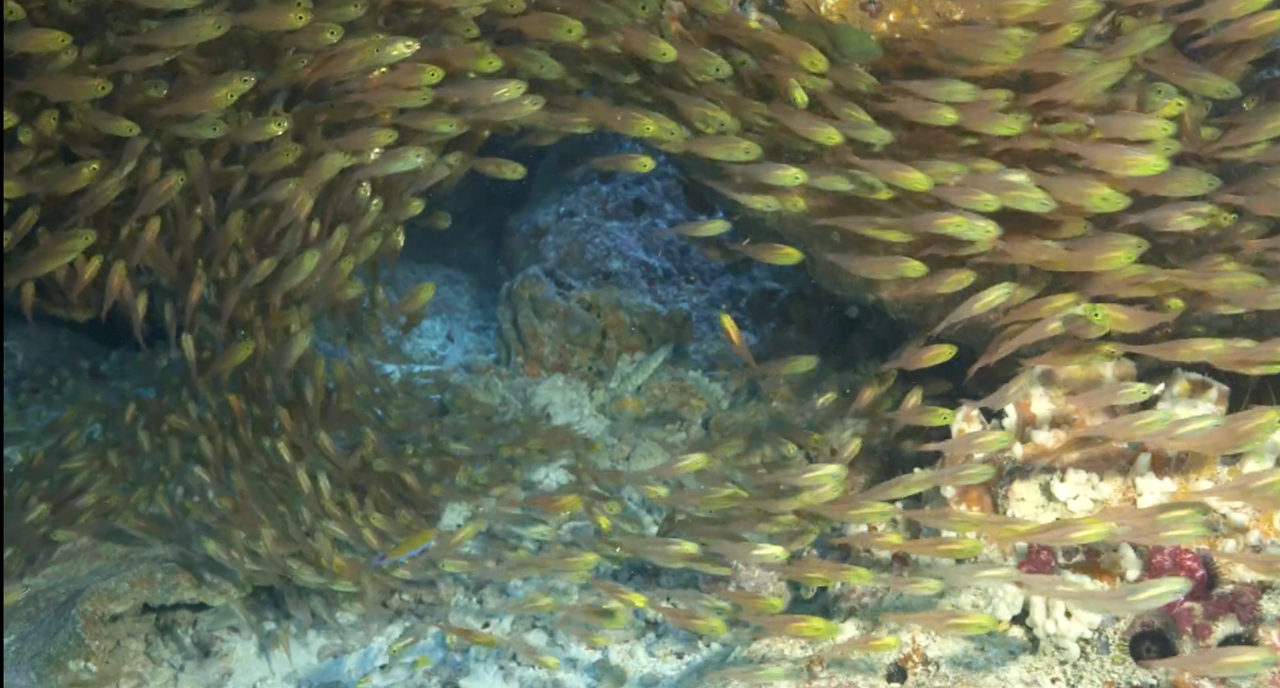
Gwala Rising in the Bwanabwana Islands depicts the revitalization of traditional conservation practices in the islands of Papua New Guinea. (13 min.)
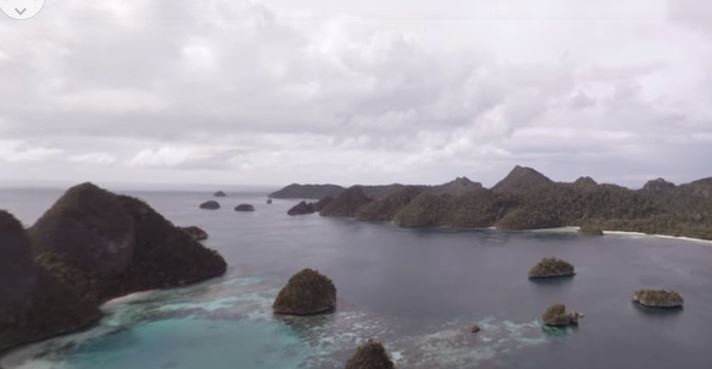
Join us on a journey through the Coral Triangle and its magnificent coral reefs. These underwater gardens have the largest biodiversity of life on Earth. (5 min.)
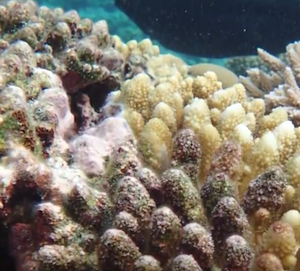
Series of Solutions explores the heroes who are working on tangible solutions for ocean conservation. (4 min.)
Students watch the film Mary Saves Coral and read the essay about Dr. Mary Hagedorn, an expert in aquatic cryobiology, written by a high school student before considering the questions and activities.
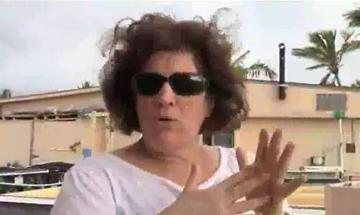
FILM: One woman's effort to save the world's underrated natural resource, coral. (10:20 min.)
Discussion Questions and Activities
1. How does marine biodiversity depend on coral reefs?
2. What are the consequences of coral reef destruction to marine and human life?
3. What are the reasons that coral reefs are facing extinction and what role do humans play?
4. What are the biggest challenges to coral conservation?
5. What steps are being done to preserve and restore coral reefs?
6. How does the use of fossil fuels contribute to the destruction of coral?
7. How does climate warming contribute to the destruction of coral?
Take a Deeper Dive: Extend this lesson with a Research Activity
Do further research on one of the following topics: coral bleaching, coral restoration, marine biodiversity and coral reef ecosystems, or causes and consequences of coral reef destruction. Who are working towards a solution? Write an essay based on your research, include proper citations and submit your story to MY HERO for publication.
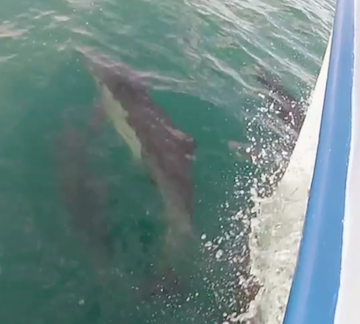
Exploring marine Protected Areas and learning about marine science with the Crystal Cove Alliance.
DIGITAL FISHING ON THE CITIZEN SCIENCE CRUISE film. Produced by One World One Ocean TRT: 5 Minutes 23 seconds
Exploring Marine Protected Areas and learning about marine science with the Crystal Cove Alliance.
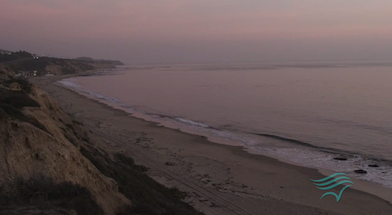
Comprehensive and informative look at the significance of Marine Protected Areas.
SOUTH COAST MARINE PROTECTED AREAS: HUMANS AND NATURE TOGETHER film. Produced by the Aquarium of the Pacific TRT: 13 minutes
The Aquarium of the Pacific presents an informative, yet beautiful look at California's South Coast's marine protected areas and their significance to marine health and functionality. As urbanization and modernization expands, the marine coast becomes more crowded out. The Aquarium is posing the question, "Can both nature and human activities be accommodated and thrive?"
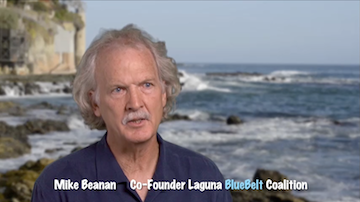
Laguna Bluebelt Coalition brings organizations and individuals protecting and restoring marine life, conserving biological diversity.
LAGUNA BLUEBELT film produced by Laguna Bluebelt Coalition TRT: 10 minutes
The Laguna Bluebelt Coalition brings together organizations and individuals with a common goal of protecting and restoring marine life, conserving biological diversity and maintaining healthy, sustainable marine habitats for all plant, fish and animal species.
THE ROLE OF MARINE PROTECTED AREAS AND CITIZEN SCIENCE Produced by The MY HERO Project Middle School Lesson Plan
TIDEPOOL SCENE Produced by Laguna Ocean Foundation TRT: 2 minutes
The Laguna Ocean Foundation is here to show us the hidden flora and fauna that thrive within tidepools and to remind us to tread carefully when we're at the beach. You never know who calls those rocks "home."
TIDEPOOL ECOLOGY AND COMMON ORGANISMS Resource Link (Laguna Ocean Foundation)
Tidepool Exploration Brochure Link (Laguna Ocean Foundation)
LESSON PLAN CATEGORY: WATER AND OCEAN CONSERVATION
RAINCATCHER Produced by Evan Marks Featuring the ECOLOGY CENTER TRT: 1 minute
Surfers Rob Machado and Evan Marks, install a rain tank and show how easy it is conserve our depleting water supply by watering your yard with rainwater.
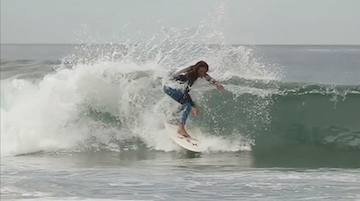
ONE WORLD ONE OCEAN Film Produced by MacGillivray Freeman Films TRT: 4 minutes 50 seconds
One World One Ocean campaign is a movement to restore and protect the health of the world's oceans.
LESSON PLAN CATEGORY: MARINE MAMMAL CONSERVATION
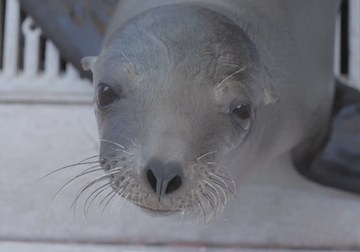
The Pacific Marine Mammal Center rescues, rehabilitates, releases marine mammals and inspires ocean stewardship through research, education and collaboration.
PACIFIC MARINE MAMMAL CENTER Film Produced by Amy Sabreen, Roddy Tabatabai and John McCarthy Featuring the Pacific Marine Mammal Center TRT: 3 minutes 20 seconds
The Pacific Marine Mammal Center rescues, rehabilitates, releases marine mammals and inspires ocean stewardship through research, education and collaboration.
Additional Short Films
Learn How People are Working to Protect Whales and Other Marine Life
Learn About the Life of a Marine Researcher
Multimedia Resource Showcases Featuring Stories, Film and Art From the MY HERO Multimedia Library
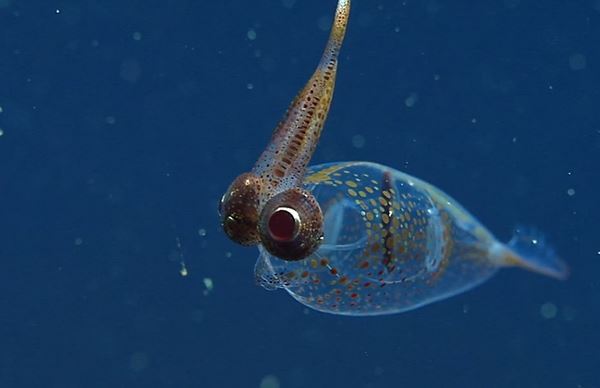
Organizer created on 7/21/2020 2:41:55 PM by Laura Nietzer
Last edited 4/22/2024 12:04:00 PM by Laura Nietzer